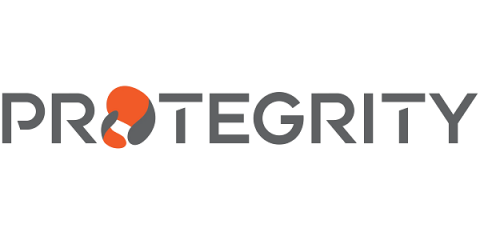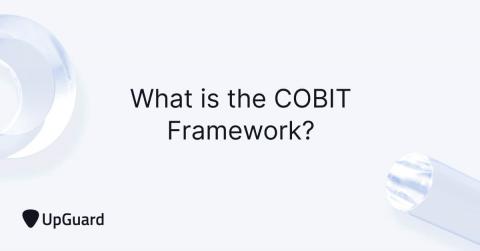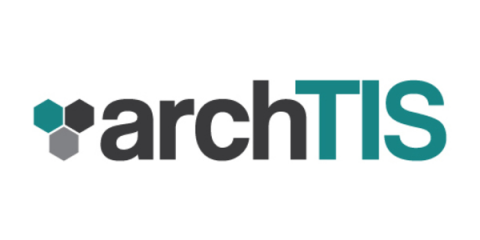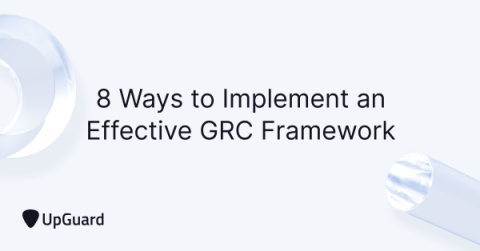Security | Threat Detection | Cyberattacks | DevSecOps | Compliance
Governance
Explainer: Data Governance & You
Welcome to the era of data domination! Every day, 2.5 quintillion bytes of data flood the digital landscape, estimates Forbes, with a whopping 90% of data created in just the last two years. While this growth presents many opportunities for organizations, it also introduces many challenges. That’s where data governance comes in. It’s a critical practice for businesses trying to navigate data management and data security.
Enhancing cloud security posture with an effective cloud governance framework
Governance, Risk, and Compliance (GRC) Explained: Meaning, Benefits, Challenges & Implementation
Governance of Zero Trust in manufacturing
Manufacturers are some of the most ambitious firms on the planet when it comes to harnessing the power of edge technology to modernize their businesses. As they make plans in 2023 to enhance business outcomes through the use of technologies such as 5G and IoT, manufacturers should also increasingly be called to innovate in the spheres of governance and cyber risk management.
What is the COBIT Framework?
COBIT, or the Control Objectives for Information and Related Technologies, describes itself as “the globally accepted framework for optimizing enterprise IT governance.” The COBIT framework was designed to help organizations develop, implement, monitor, and improve their IT enterprise governance and information security processes.
Getting Started with Identity Governance and Administration
Identity governance and administration (IGA) helps organizations give each person the right access to the right IT resources, at the right time and for the right reasons. Let’s take a look at 6 core best practices for successfully implementing IGA, as well as some tips for choosing the right tool.
How to Optimize Governance and Data Security in Microsoft 365 and Teams
What is Data Governance?
Data governance is a broad term that refers to the strategy of managing availability, usability, standard compliance, consistency, data integrity, and data security in organizations and companies. While the term is notorious for escaping definitions, data governance is often defined as the first essential branch of data management strategy.
8 Ways to Implement an Effective GRC Framework
Governance, Risk, and Compliance (GRC) is a broad organizational strategy that aims to align an entire organization’s focus on the achievement of business objectives, the management of business risks, and regulatory compliance. A solid foundational framework enables your organization to continue strengthening and refining its GRC strategy over time. It ensures each department’s objectives align with the business as a whole.











